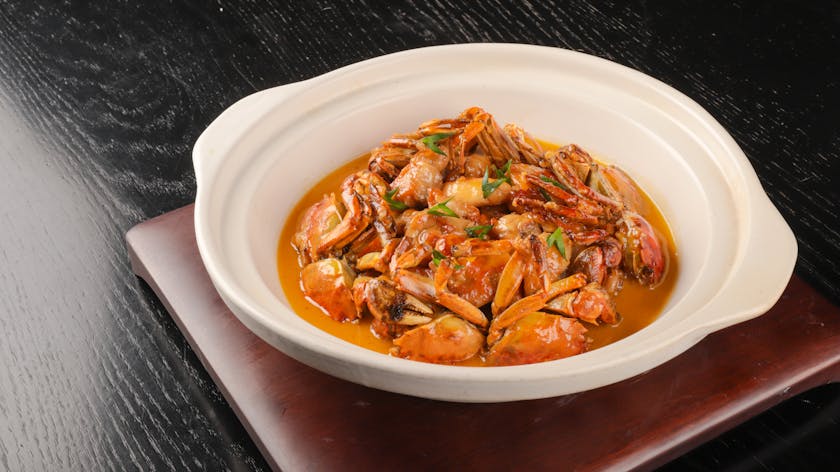When it comes to emergency preparedness, bulk meal storage is an essential strategy to ensure you and your family stay well-nourished during unexpected situations. Once-a-month cooking is not only a cost-effective approach but also a time-saver that can make a significant difference in stressful times. In this post, we’ll guide you through the process of preparing, storing, and managing your bulk meals for any emergency.
Understanding the Basics of Bulk Meal Storage
The first step in effective bulk meal storage is understanding what types of foods are best suited for long-term storage. Focus on non-perishable items such as grains, legumes, powdered milk, canned vegetables and fruits, as well as canned proteins like chicken, tuna, and beans. Incorporating these staples into your once-a-month cooking plan will help you build a diverse and nutritious emergency food supply.
Planning Your Once-a-Month Cooking Menu
Begin by creating a menu that includes a variety of meals you can easily cook in bulk. Think about dishes that freeze well and are nutritionally balanced. Soups, stews, casseroles, and chili are excellent options for bulk cooking. Not only do they freeze well, but they also reheat to provide comforting, hearty meals in times of need.
Shopping for Ingredients
After finalizing your menu, compile a comprehensive shopping list. Buying in bulk is often more economical, so consider visiting warehouse stores or purchasing through bulk food suppliers. Remember to check expiration dates and opt for ingredients with the longest shelf-life.
Preparing and Cooking Your Meals
Dedicate a day for your once-a-month cooking. Ensure you have sufficient storage containers and freezer space. Label each container with the dish name and date of preparation. Cook your meals as planned, let them cool, and then portion them out into the containers.
Freezing and Storing Your Bulk Meals
Freezing is one of the most effective methods for storing bulk meals. Use airtight containers or vacuum-sealed bags to prevent freezer burn. Organize your freezer by type of meal and date to ensure proper rotation and usage before expiration.
Managing Your Bulk Meal Inventory
Keeping an inventory list is crucial. Document what you have stored and keep track of expiration dates. This practice helps you rotate through your meals efficiently, using the oldest ones first.
Thawing and Reheating Your Meals
When it’s time to use your stored meals, plan ahead. Thaw frozen meals in the refrigerator a day before you intend to eat them. Reheat them thoroughly in the oven or on the stove to ensure food safety.
Tips for Maximizing Shelf-Life and Quality
To maximize the shelf-life and quality of your bulk meals, consider the following tips:
- Always cool your cooked meals before freezing to prevent the growth of bacteria.
- Remove as much air as possible from containers and bags to maintain freshness.
- Invest in a freezer thermometer to ensure your freezer is at the optimal temperature for long-term storage.
Adapting Meals for Dietary Restrictions
If you or a family member has dietary restrictions, it’s important to plan accordingly. Create allergen-free or dietary-specific meals that can be easily identified and accessed in your emergency food stash.
Once-a-month cooking for emergency preparedness not only gives you peace of mind but also fosters a sense of security in knowing you’re ready for any situation. With careful planning, cooking, and storing, your bulk meal storage will be an invaluable asset when the unexpected occurs.




